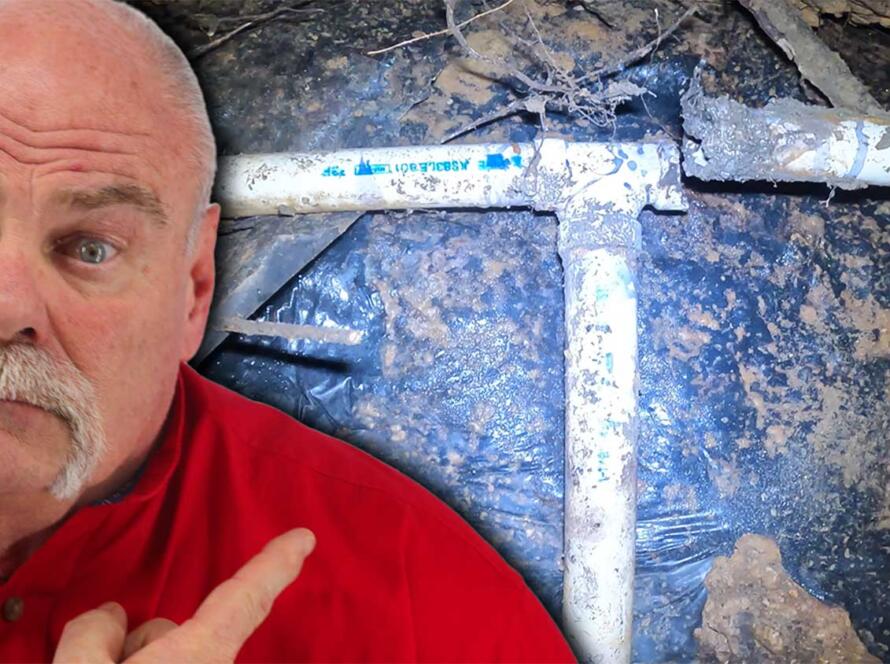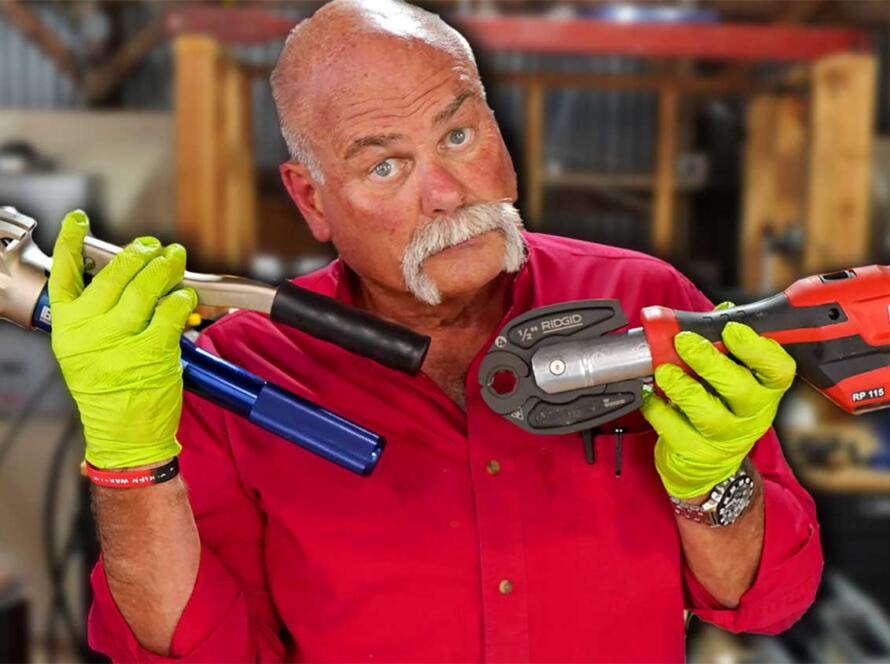Today we’re going to talk about one of those little plumbing projects that can make a big difference—replacing that nasty old accordion drain under your sink. If you’ve ever noticed that something just doesn’t seem right with your bathroom sink, you might be dealing with a buildup of mold, mildew, or other gunk inside those accordion pipes.
Those accordion-style pipes might seem convenient because they’re flexible, but they’re actually a breeding ground for all sorts of nasty stuff. The ridges inside these pipes trap grime, leading to mold and bacteria growth. Plus, they’re prone to clogs and leaks, and nobody wants that. So, let’s get rid of it and install something that won’t give you headaches.
Before you get started, make sure you’re equipped with some basic tools: gloves, safety glasses, a crescent wrench, and a bowl or bucket to catch any water. Place the bowl under the P-trap to avoid a mess when you start taking things apart.
Loosen the P-trap carefully, letting any trapped water drain into your bowl. You’ll likely see some pretty gnarly stuff come out, but that’s exactly why you’re doing this. Once the water’s out, remove the accordion pipe and set it aside. Trust me, you’re better off without it.
Oh, and don’t dump the water from the pipe you just removed back down the sink. IYKYK.
Before installing the new parts, take a moment to inspect the area. Clean up any gunk around the drain and make sure the pipes are in good shape. If you find any buildup in the pipes leading to the wall, clean that out too. You want to leave the entire area in better shape than you found it.
Now, it’s time to install the new P-trap. Make sure you’ve got the right size—most likely an inch and a half or an inch and a quarter. Measure your new P-trap against the existing setup to get the length right. I use a sharpie to mark my pipe so I know just where to cut it. Then cut the pipe and fit everything together. Snug it up but don’t overtighten. This could lead to leaks. And if you need more guidance on how to measure, check out the video at the top.
Once everything is in place, it’s time to test your work. Turn the water on, fill up the sink, and then let it drain while you keep an eye out for leaks. Do this a couple of times to be sure everything is sealed up properly.
For a final check, lay a paper towel under the P-trap and leave it there for a day or two. If you see any water spots, you may need to tighten things up again.
And that’s it! Replacing a sink drain isn’t hard, and it’s definitely worth it to get rid of those old accordion pipes.




